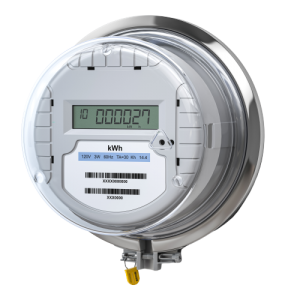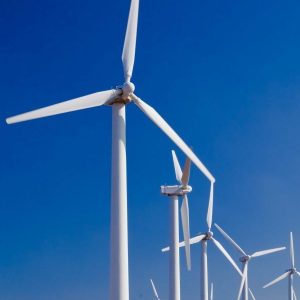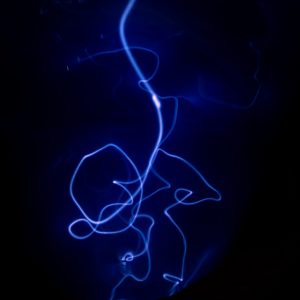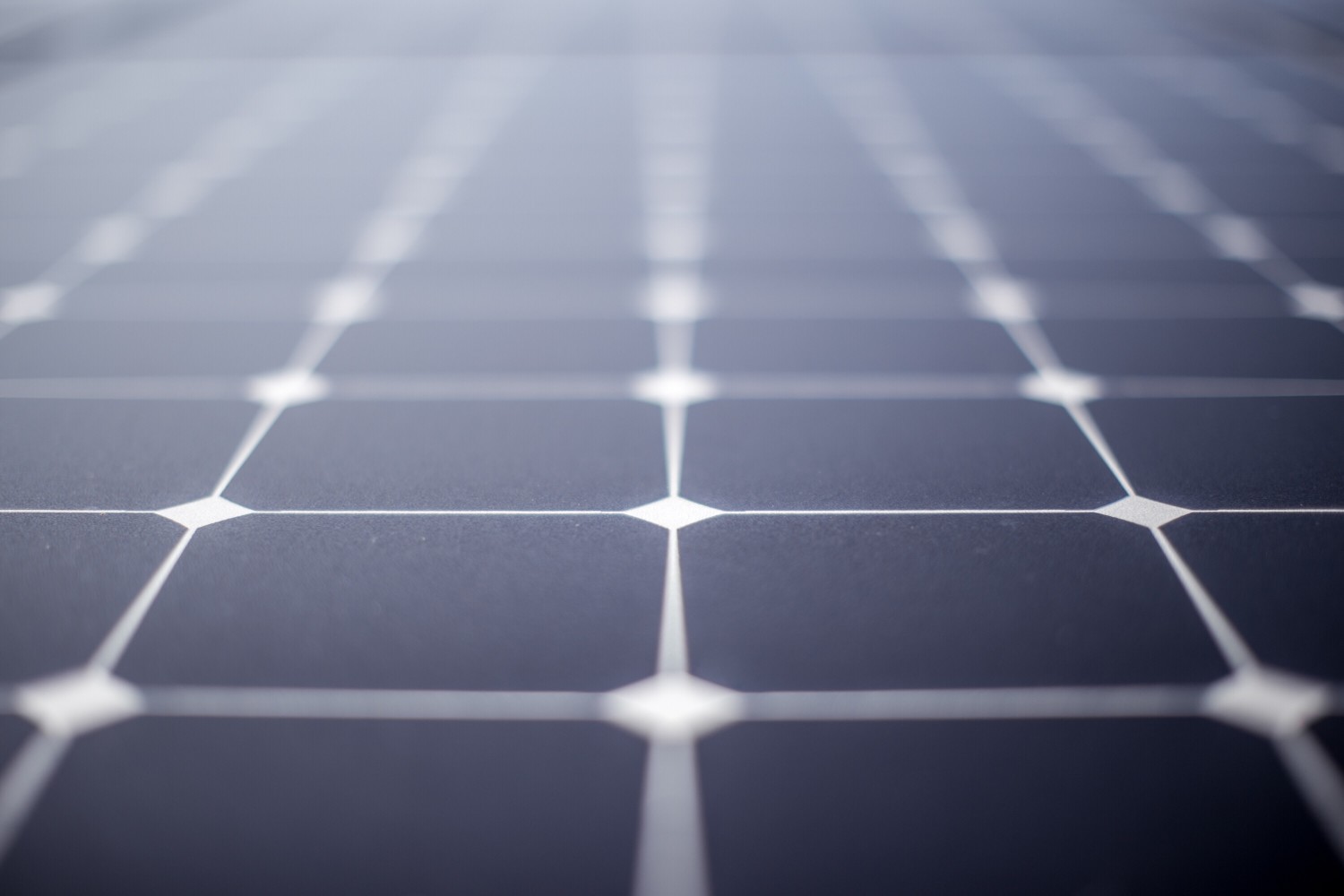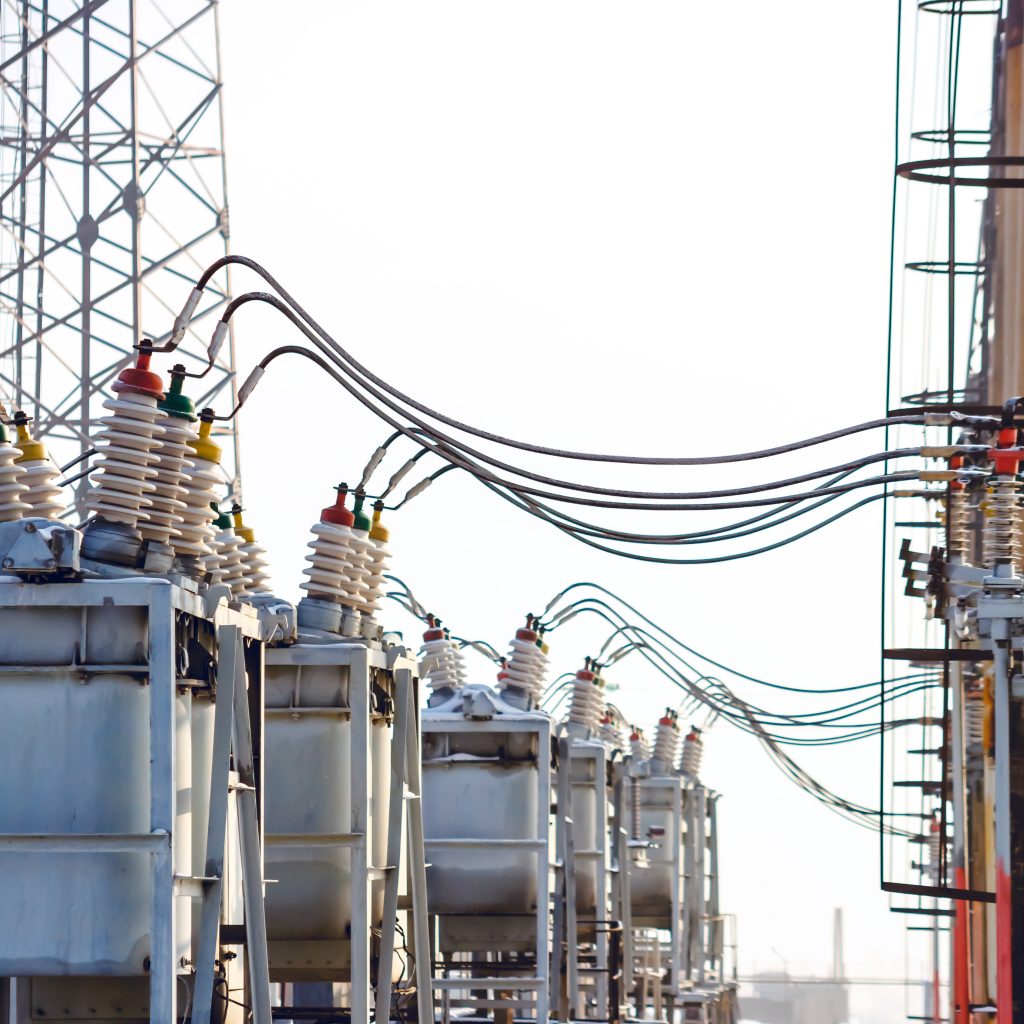WHAT IS SPIKESHAVING™?
Methods of injecting power or reducing usage to lower utility demand charges and improve power quality. The response to or management of spikes in power usage or demand, during an interval of utility metering such that from interval to interval power usage remains as close as possible to a consistent and clean power demand from the utility or grid.
